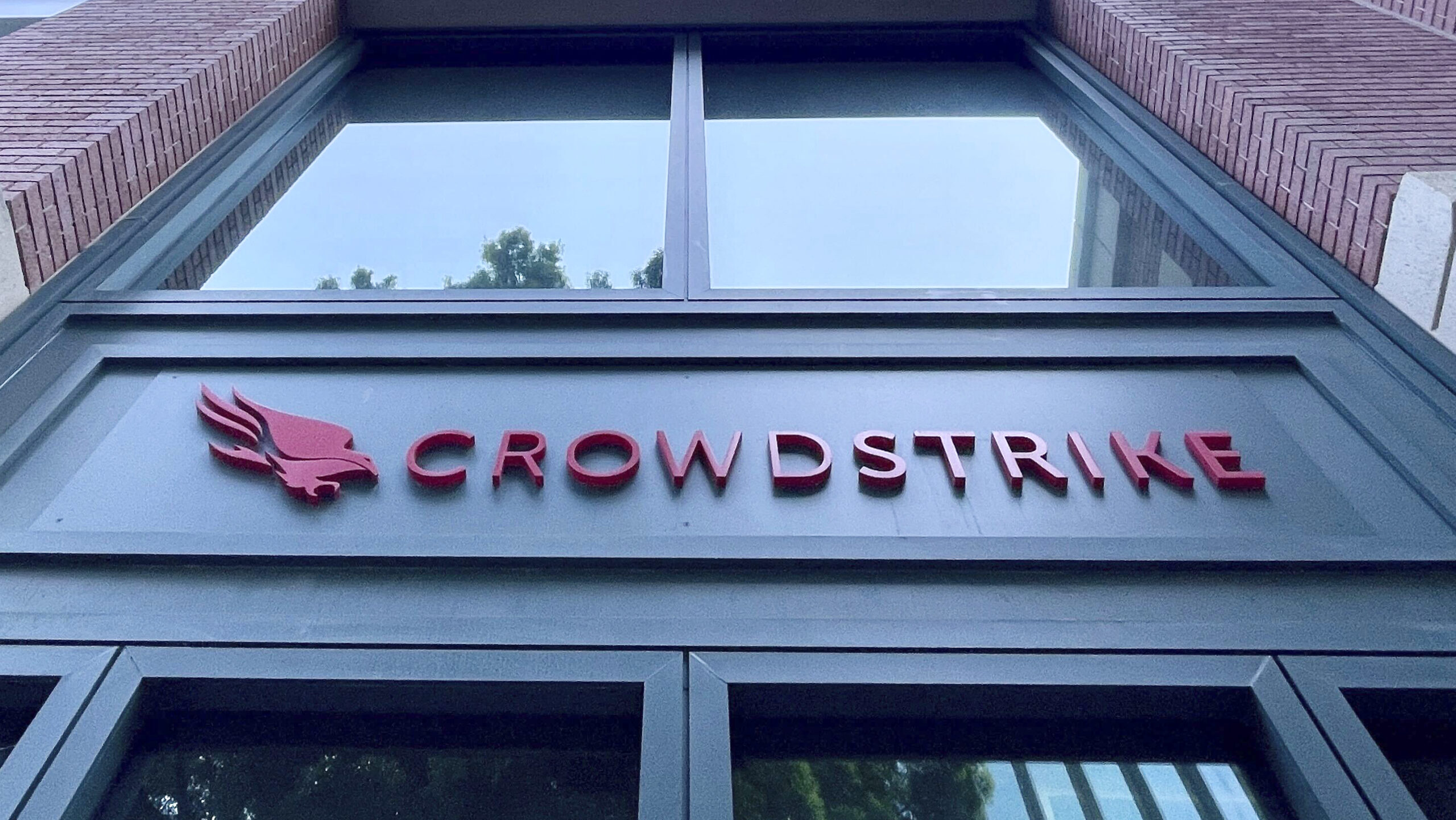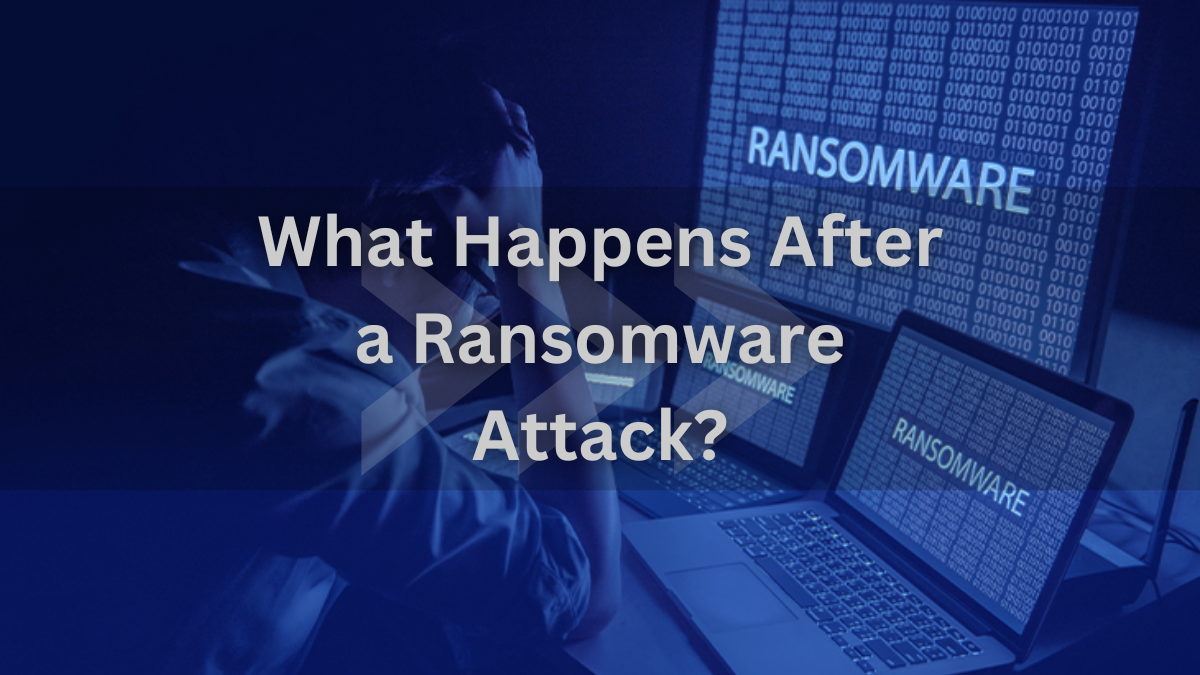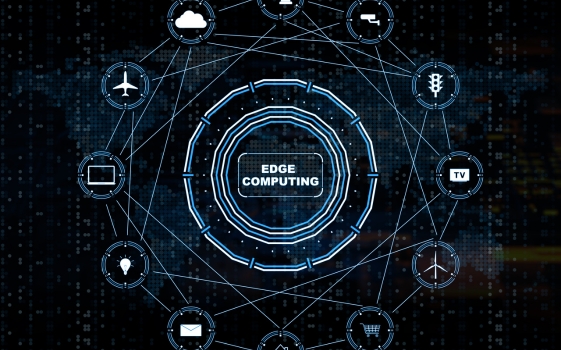Rather than receive a handful of opinions from a few security consultants we strongly believe that every organization should leverage standard cybersecurity framework. These frameworks have been developed by thousands of cybersecurity experts to ensure a cohesive strategy to build a program to protect any business.
What are IT security standards and regulations?
Standards are like a recipe; they list out steps that must be performed. A well-managed IT organization must comply with requirements set forth in a standard.
Regulations, in contrast, have a legal binding impact. The way they describe how something should be performed indicates government and public support for the rules and processes set forth in the regulation. Failure to comply with IT-focused regulations can result in financial penalties and litigation.
What is a cybersecurity framework?
A cybersecurity framework is a series of documented processes that define policies and procedures around the implementation and ongoing management of information security controls. These frameworks are a blueprint for managing risk and reducing vulnerabilities.
Information security professionals use frameworks to define and prioritize the tasks required to manage enterprise security. Frameworks are also used to help prepare for compliance and other IT audits. Therefore, the framework must support specific requirements defined in the standard or regulation.
Organizations can customize frameworks to solve specific information security problems, such as industry-specific requirements or different regulatory compliance goals. Frameworks also come in varying degrees of complexity and scale. Today’s frameworks often overlap, so it’s important to select a framework that effectively supports operational, compliance and audit requirements.
Why are frameworks important?
In today’s digital world, cybersecurity is more important than ever. Businesses of all sizes must take steps to protect their data from cyber threats. One way to do this is to implement a cybersecurity framework. A cybersecurity framework is a set of guidelines and best practices for managing cybersecurity risks. It can help organizations identify and assess risks, develop and implement controls, and measure their performance. By following a cybersecurity framework, businesses can benefit from improved security, reduced costs, and enhanced customer confidence. In addition, the use of a framework can help businesses meet regulatory requirements and improve their chances of passing audits. As a result, implementing a cybersecurity framework should be a top priority for any organization that wants to protect its data and ensure its long-term success.
Security requirements often overlap, which results in “crosswalks” or a mapping exercise that can be used to demonstrate compliance with different regulatory standards.
Using a common framework, such as ISO 27002, an organization can establish crosswalks to demonstrate compliance with multiple regulations, including HIPAA, Sarbanes-Oxley, PCI DSS and Graham-Leach-Bliley.
How to choose an IT security framework?
There is no one-size-fits-all answer to the question of how to choose an IT security framework. The best approach for your organization will depend on a number of factors, including your industry, business size, and risk tolerance. However, there are a few general considerations that can help you narrow down your options. First, think about what benefits you hope to gain from implementing a security framework. Do you want to improve your compliance posture? Strengthen your incident response capabilities? Reduce costs? Once you have a clear idea of your objectives, you can start evaluating different frameworks to see which ones are best suited to meeting your needs. Another important consideration is whether the framework is flexible enough to accommodate future changes in your business environment. After all, an inflexible security framework is of little use if it can’t keep up with the evolving threats you face. With these factors in mind, you should be able to narrow down your options and choose an IT security framework that will help you minimize risk and protect your business.
The type of industry or compliance requirements could be deciding factors. Publicly traded companies, for example, may wish to use COBIT to comply with Sarbanes-Oxley, while the healthcare sector may consider HITRUST. The ISO 27000 Series of information security frameworks, on the other hand, is applicable in public and private sectors.
While ISO standards are often time-consuming to implement, they are helpful when an organization needs to demonstrate its information security capabilities via ISO 27000 certification. While NIST Special Publication (SP) 800-53 is the standard required by U.S. federal agencies, it can be used by any organization to build a technology-specific information security plan.
Applying a cybersecurity framework is the next step for your organization. In order to improve your cybersecurity posture, you’ll need to take a comprehensive approach that encompasses people, process, and technology. By identifying cyber risks and implementing controls to mitigate them, you can make your organization more resilient to attacks. The benefits of using a cybersecurity framework include improved threat detection and response, reduced exposure to vulnerabilities, and enhanced data protection. As you consider which framework is right for your organization, keep in mind its specific needs and objectives. With the right framework in place, you can build a strong foundation for protecting your data and safeguarding your business.











